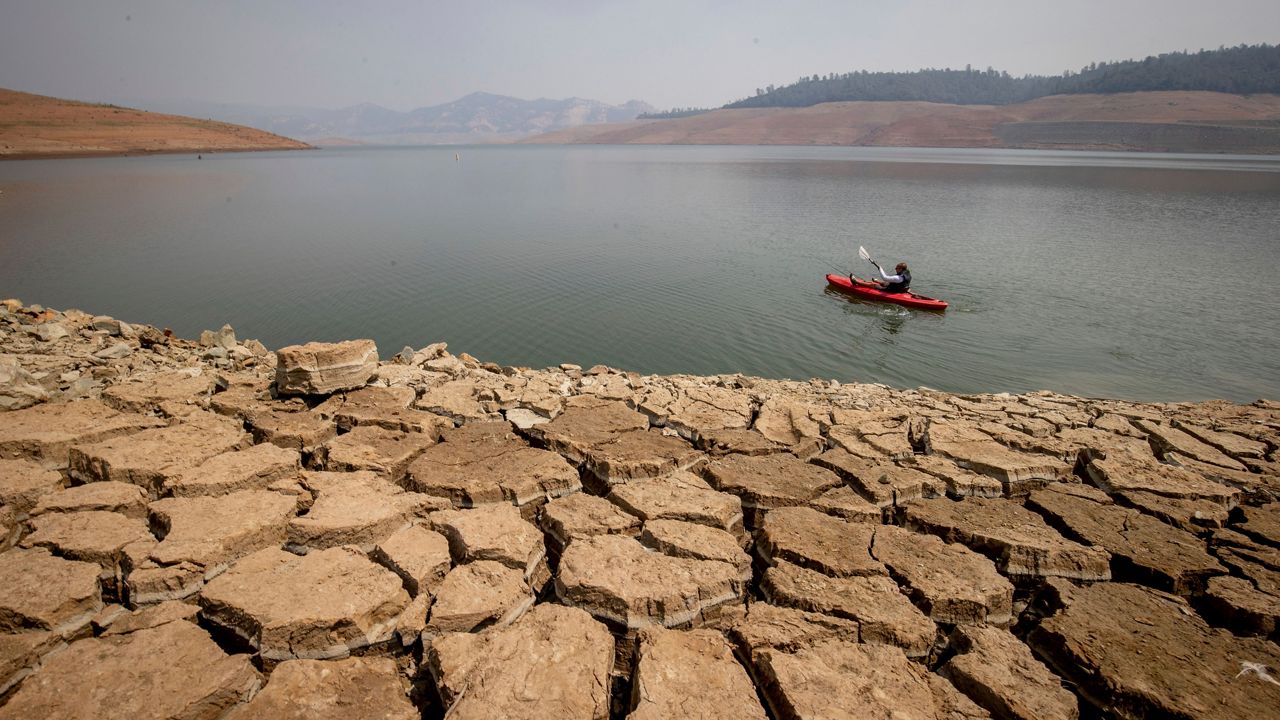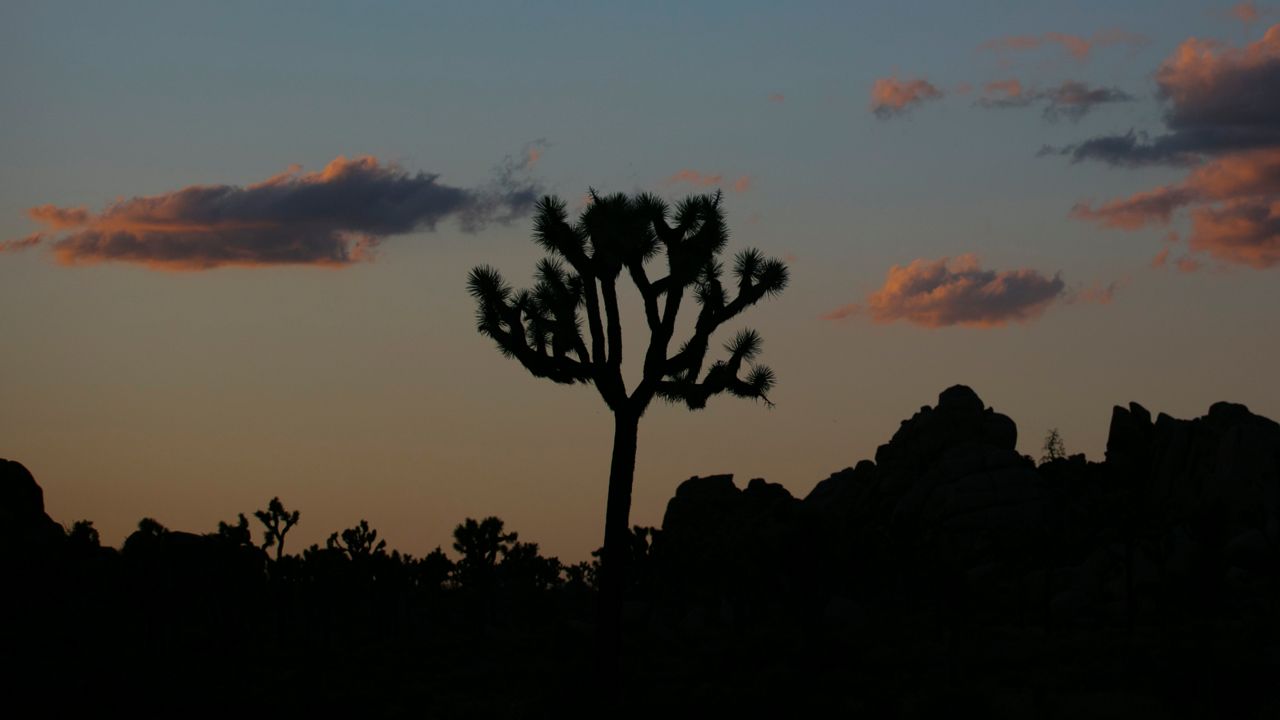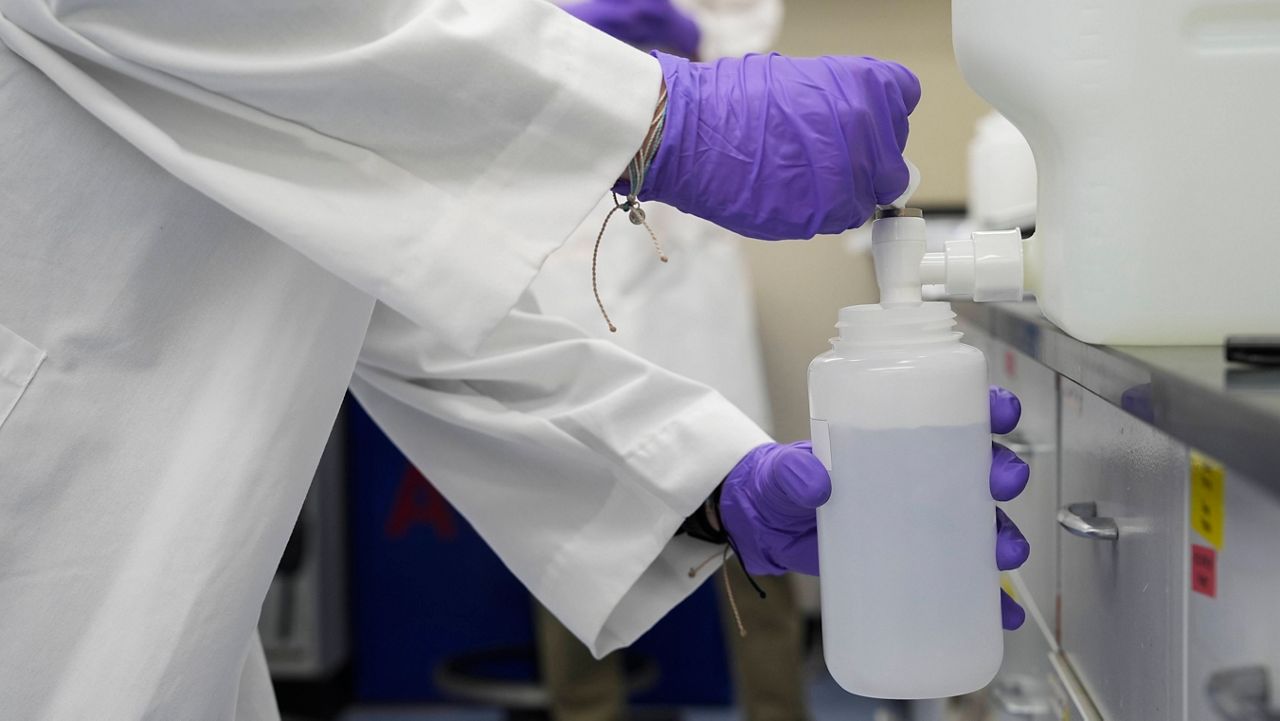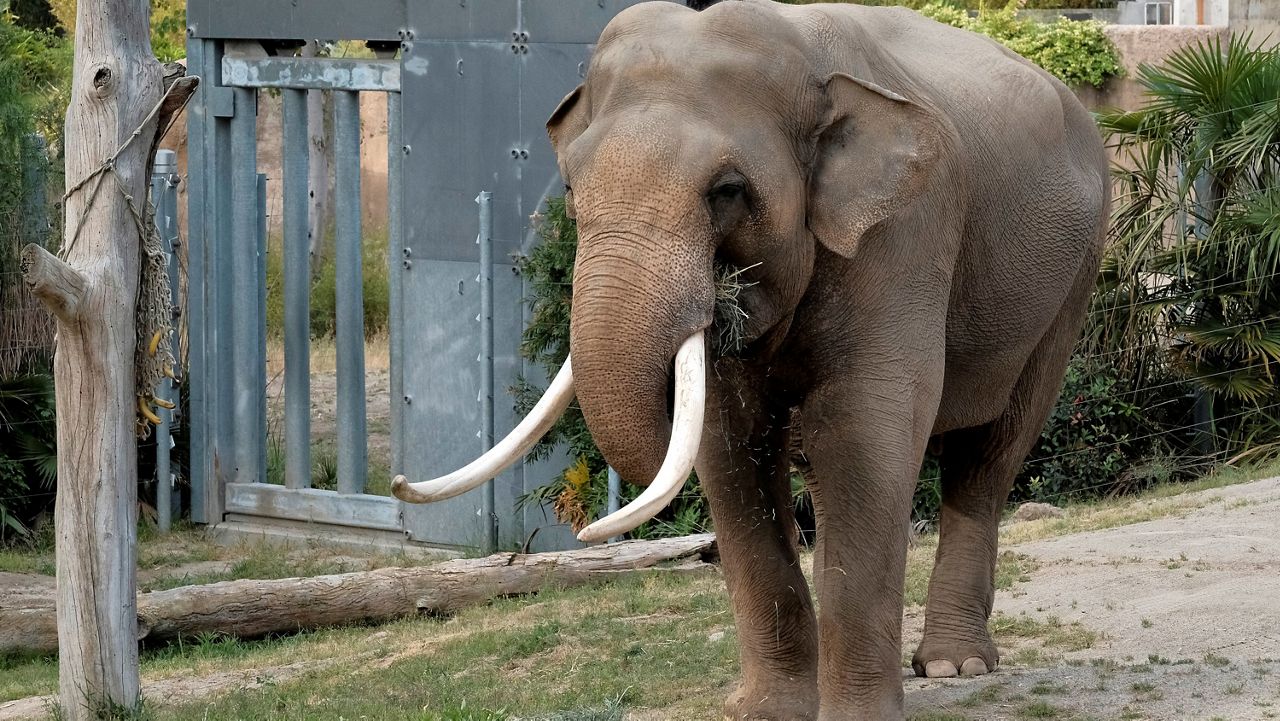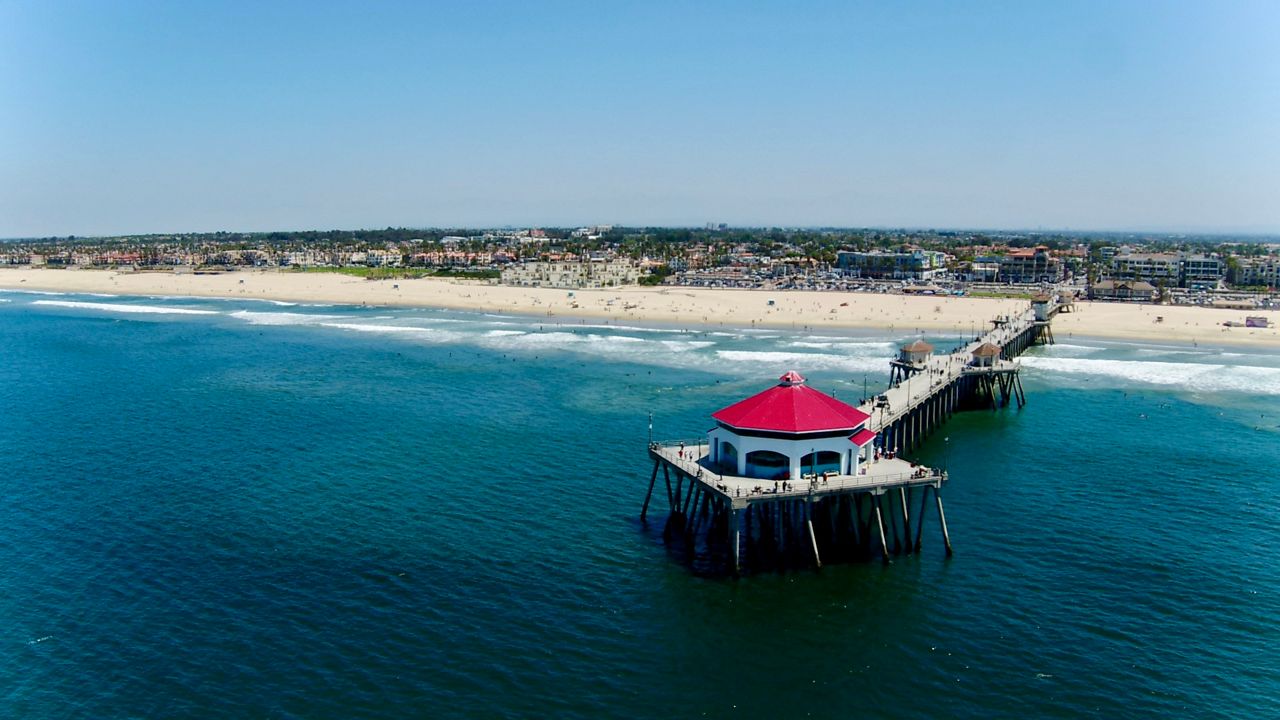SACRAMENTO, Calif. — Runoff from the Sierra Nevada mountains in Northern California has supplied thirsty Southern California for years. But water agencies won't get a single drop from the network of waterways in the Sacramento-San Joaquin Delta other than what's needed for health and safety, the California Department of Water Resources announced Wednesday.
“Zero allocation does not mean no water will be delivered from the State Water Project,” Department Director Karla Nemeth said. “What will be delivered is water for critical health and safety needs,” such as drinking, cooking, indoor sanitation, fire suppression and hospitals.
The announcement marks the first time the state has zeroed out its allocation from the State Water Project, which supplies water to 29 agencies in the state, including the Metropolitan Water District that services 19 million customers in Southern California. Last year the department’s allocation was 5%. In 2019, it was 20%.
“Given the fact that we had such exceedingly low storage in Lake Oroville towards the end of this year, we were looking out at some of the information that’s now starting to emerge relative to dry conditions and ongoing dry conditions in Southern California,” Nemeth said, adding that new climate modeling from the federal government indicated “significant potential for extreme dry conditions to continue throughout this year.”
Lake Oroville is the primary reservoir for the State Water Project and is currently at 30% capacity.
In July, California began working with the 29 agencies that buy water from the State Water Project to determine their needs. Seven of them asked for up to 55 gallons per capita per day in order to meet critical health and safety needs that could not otherwise be fulfilled from local, recycled or stored water.
The Metropolitan Water District of Southern California was one of the seven. The MWD supplies about half of the water used in Southern California and receives 30% of its supply from the State Water Project. While 45% of its supply is from local sources, including groundwater, recycled water and residents’ conservation efforts, more than half is imported from areas that have been experiencing significant declines in water supplies as the state enters a third year of drought.
The Department of Water Resources announcement is the latest in a growing string of emergency drought actions.
In August, the U.S. Department of the Interior declared the first-ever shortage for the Colorado River Basin, where reclamation projects at Lake Mead and Lake Powell are at historically low elevations and dropping. The Colorado River aqueduct supplies 25% of the region’s water. While cutbacks form the Colorado River will only affect Arizona, Southern Nevada and Mexico when they take effect in 2022, if drought conditions persist, California could be impacted with cutbacks in 2023.
In October, California Governor Gavin Newsom issued a drought emergency declaration for the entire state, asking residents to voluntarily reduce their water consumption by 15% compared with 2020. By late winter or early spring, if dry conditions persist, some water districts in the state might need to move to mandatory restrictions, Nemeth said.
In November, the MWD declared a regional drought emergency calling on member agencies, including the Los Angeles Department of Water and Power, to review the adequacy of their drought response measures and to immediately implement conservation requirements to reduce their usage from the State Water Project.
LADWP has already been abiding by two emergency water conservation ordinances since the city last experienced a severe drought in 2009. Under those ordinances, residents are not allowed to let water flow off their property, to hose off their driveways and sidewalks and are limited to three days of outdoor watering per week as long as it happens before 9 a.m. and after 4 p.m.
LADWP has said that if State Water Project supplies don’t improve, outdoor watering could be reduced to two days a week.
“There’s so much uncertainty out there,” Nemeth said. “The collective wisdom is maybe the previous drought never really ended.”
Nemeth pointed to the agency’s last snowpack survey of the year on April 1, which found it was 70% of normal. But what happened between April 1 and May 31, she said, was unprecedented rapid snow melt that went into the ground or evaporated into the atmosphere preventing it from replenishing reservoirs such as Lake Oroville.
“That tells us that soils never really recovered from the previous drought, so those are the things we’re really starting to dig into with a greater sense of urgency.”
Investing in underground storage will be critical, she said, to save water for extended dry periods. “We are absolutely living climate change.”
